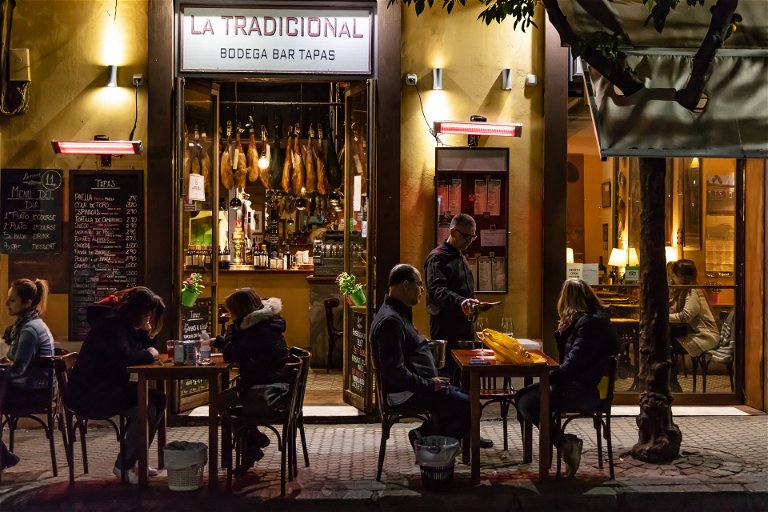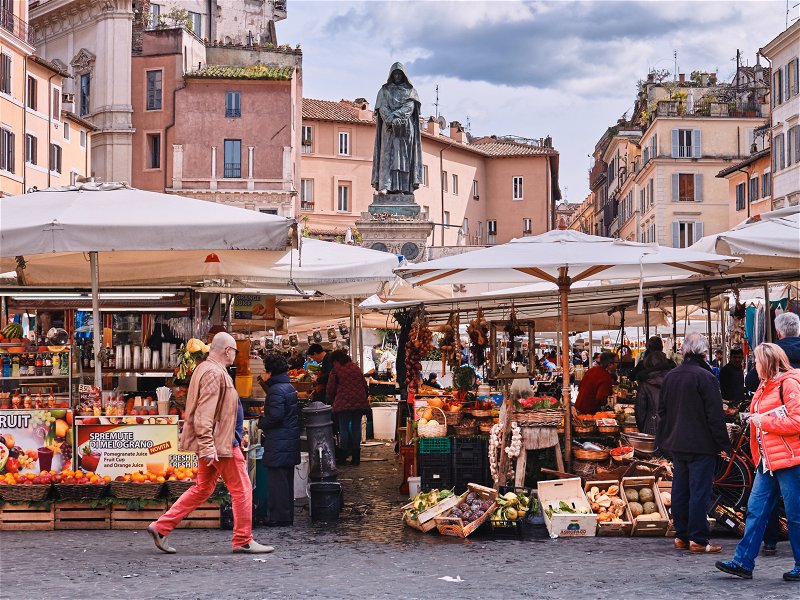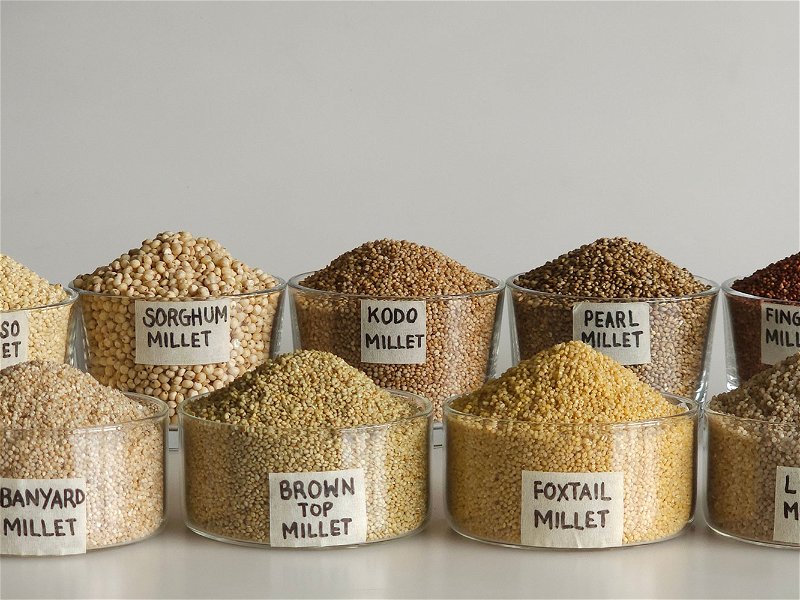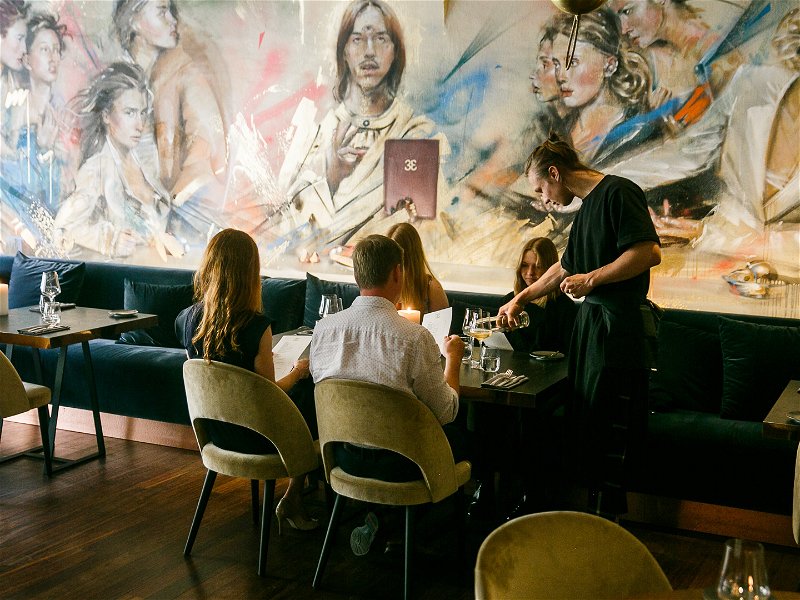A Big Appetite for Small Bites: Tapas
Deep-fried artichokes, fried scallops, braised squid – and that's just the beginning of the feast. The world would be a better place if we ate more tapas.
It is never good to eat with the appetite of a wild animal. If you have to satisfy your instincts first, you can't enjoy it, and it's an eternal pity if a starter is just devoured carelessly and greedily. Quite apart from that, really good food requires really good company, and what is company supposed to think when it has to deal with a mood so aptly described as "hangry"?
A meal before the meal
In many great culinary cultures, there is therefore always something to eat before a meal. Even as far back as ancient Rome, so-called gustatio, or appetisers, were served before the actual meal. Today, Italians meet for aperitivo, Japanese munch happily on otsumami (which literally translates as "bites with beer") and Chinese snack much of the time anyway. But no one has cultivated the pre-dinner meal and elevated it to such culinary heights as the Spanish with their tapas. It is one of the world's greatest culinary pleasures to taste your way through Barcelona's bodegas, Madrid's tabernas or the Pintxos bars in San Sebastian's narrow harbour alleys, to sample a grilled scallop here, fried artichoke there, spicy snails over there, and to sip almost shamefully cheap but perfectly adequate wine to go with it.
Tapas (and their international kin) may have historically started as small bites to accompany an afternoon wine – but they now rival the main meal. In Spain, tapas restaurants are among the most famous and best-visited in the country, from classics like the Bodega della Ardosa to modern versions like Tickets and Bodega 1900, two temples to the art of tapas by the brothers Ferran and Albert Adria. It is hardly surprising that many people prefer to eat only tapas – after all, it is one of the best ways to eat anything.

Take a firm hold
It all starts with the presentation: tapas are often displayed in all their glory at or next to the bar, like ripe, delicious fruit just waiting to be picked. Instead of using cutlery, you are welcome to grab them with your fingers, and the small portions (almost) relieve you of the agony of choice: you can crunch fried squid, bite into meaty scallops, enjoy fried peppers, Jamón Ibérico, Manchego and Bacalao, all in a single meal. Unlike other dishes, tapas don't hog all the attention. They manage to taste wonderful without having to take centre stage. They don't silence conversation, but provide energy for storytelling, as well as hours of discussion, fits of laughter, or perhaps even a topic for small-talk on a first date. Tapas bars, as good as they may be, are always a little bit about food and a lot about being together.
The food is invariably enjoyed cool to lukewarm and there is always something coming, so diners can relax and take a bite here and there, take a sip of wine; or simply lick their fingers, lean back for a moment, relax, and watch the hustle and bustle at the neighbouring tables. There is always plenty to see.
Pensioners and students, families, young couples, old and new friends, locals and tourists meet here, and they all have an incredibly good time – often together, because they share one of the far too few, far too small tables anyway, or stand so close at the bar that they basically can't help but get to know each other. At least when the Covid pandemic isn't raging. The hustle and bustle is so refreshingly communal and cross-generational that after just a few glasses and nibbles, you are convinced: the world would be a better place if only more people went out for tapas.
A global triumph
Fortunately, that's exactly what they are doing. Although tapas bars are not opening on every corner, the way they serve food has spread rapidly and widely in recent years. Small plates, food to share, fingers instead of cutlery, and preferably a lot of plates at once, instead of individual courses one after the other, has become the standard in many places.
Whether this development is due to the growing culinary influence of Asia on the West rather than the Spanish role model, or in fact who has contributed to it, how much and what, is an academic question and relatively unimportant for enthusiastic eaters – as long as the "tapas-isation" of the world continues!












